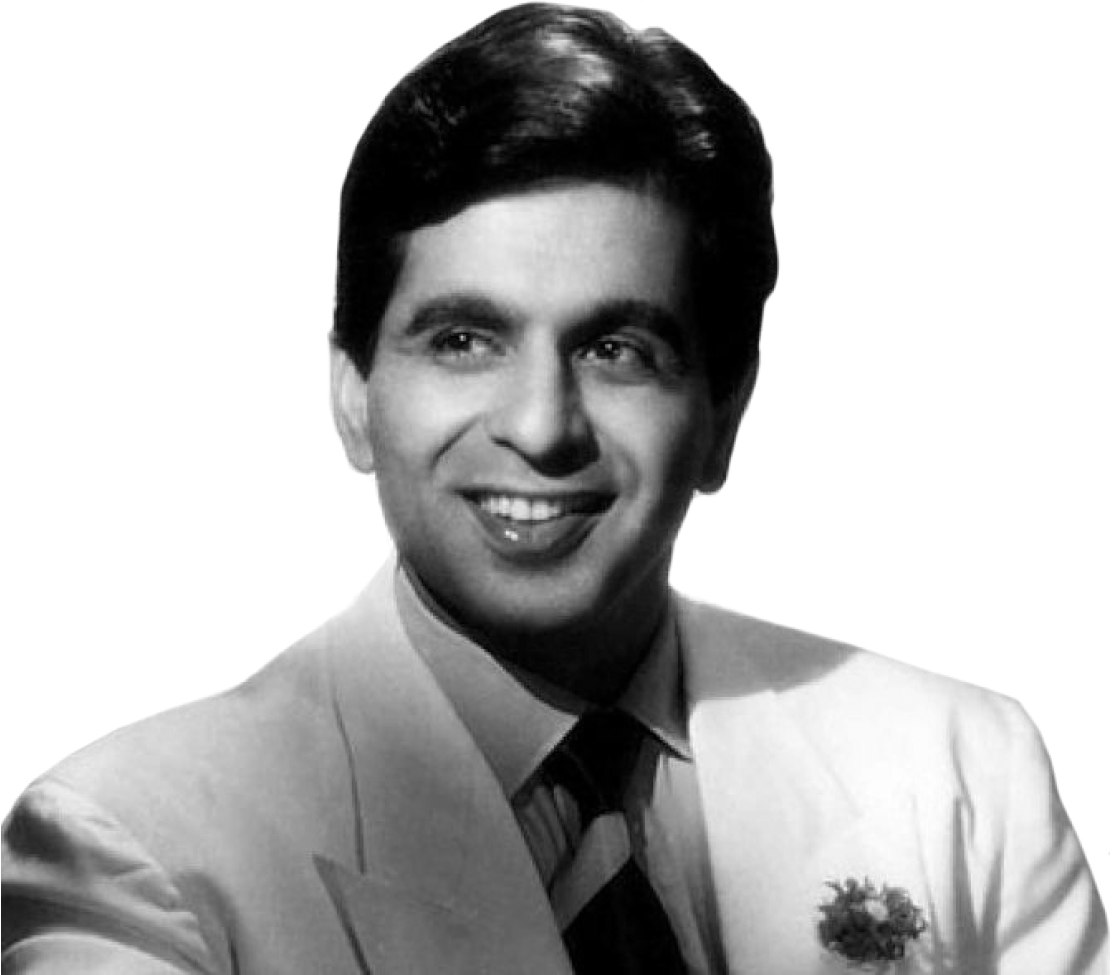Style, substance, and more
I must have been barely 10 when I visited Bombay and my newly minted brother-in-law was all eager to show off the Bombay magic to his wife’s kid sister. So what do you want to do, he asked me. “Watch Dilip Kumar films,” I shyly told him. A Dilip fan himself, he was mighty pleased and scouted the newspapers to find out all the Dilip movies playing in town. There were quite a few, and we started a week-long indulgence…watching the Dilip Kumar magic unfold on the cinema screen through morning shows — popular then — matinees, evening and even night shows.

I will never forget that golden week in Bombay — 9–10 Dilip movies in 7 days… Aan, Azad, Devdas, Madhumati, Andaz, Kohinoor, Yahudi, Babul and a couple of others. If one Bollywood actor managed to leave a deep imprint on me through my teens, twenties and the decades that have rolled by, it was Dilip Kumar. That he was stunningly handsome is only one part of the story…. his voice, diction, the way he delivered his dialogue, the stillness and silences, the mesmerising eyes, the intensity of various emotions delivered in such an understated and sublime manner… yes, for me, and millions of his fans, there will never be another magical hero like him. Who can forget his acting in Sagina?
As all of us have been told umpteen times, there was a method to his acting, and it took Satyajit Ray to articulate it, when he called Dilip the ultimate “method actor”. His co-stars have stated in innumerable interviews that Dilip not only deeply researched his roles, he physically delved into the character… like learning to play the sitar for Kohinoor and driving the tonga for Naya Daur. It was immense hard work that was put into every role that he played for the silver screen. And he was never hasty in accepting a role.

He has said in interviews: “Once you have audience acceptance, you should have less exposure,” adding that the temptation will always be “there to take on more films as more roles bring more money, but an artiste takes a risk when he takes on a role which is distinctly outside the ambit of his personality.” He wrote: “I have consciously never oversold or overexposed myself to the audience.” Looking back, he realised the risk of taking on only one film at a time when other actors were busy with two or three films simultaneously. But he determinedly chose to work only in one film and give it his best. Surely it took a lot of confidence and courage to do so 60–70 years ago.
The Pathan, whose story you are reading, did it by instinct, careful study, untiring rehearsals and a temperament to succeed even in those ventures that were new for him.
– Dilip Kumar on his speaking Bhojpuri dialect in Gunga Jumna
The choosy actor also said that a “knowledgeable director conveys his calibre to you in minutes.” And yet Dilip took his own time to choose his films. In his autobiography, The Substance and the Shadow he says when Bimal Roy approached him to play Devdas, he had trouble accepting the fact that he would portray the role of an alcohol-addicted man on screen.
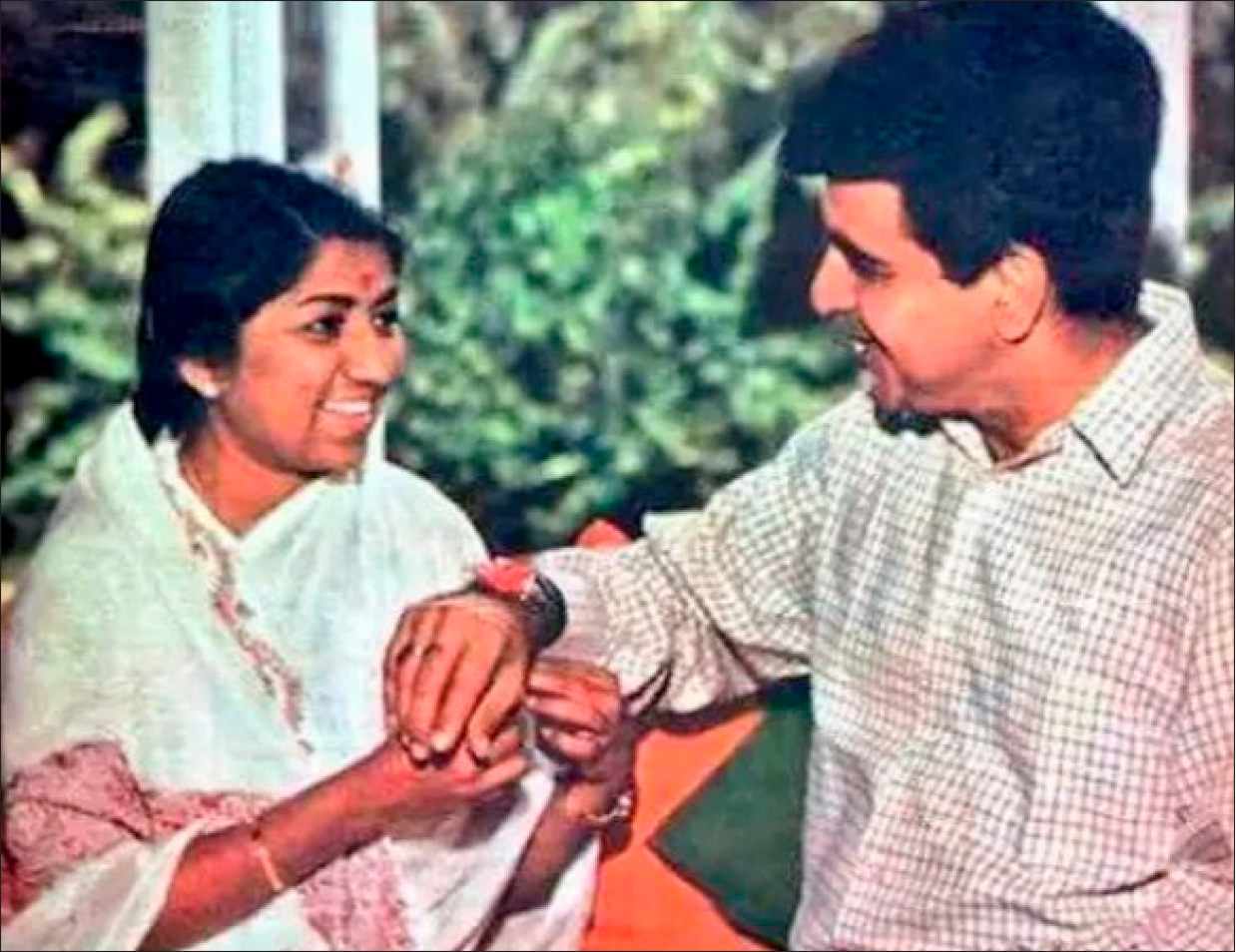
The brilliant director simply said: “Read Sarat Chandra Chattopadhyay’s book… I will send you a good translation in English, and then take your decision.” The rest is history.
The kind of adulation Dilip got from his colleagues in the industry is unparalleled, especially compared to the present era where the rivalry and spats between Shah Rukh, Salman and Aamir Khan, Akshay Kumar, and so many other Bollywood biggies, including the actresses, are well known.
Lata Mangeshkar adored her ‘elder brother’, would tie rakhi on his wrist and never tired of telling the story of how it was Dilip who prompted a “Maharastrian like me to get Urdu alfaz delivered properly in my songs.” Dilip actually taught her Urdu enunciation.
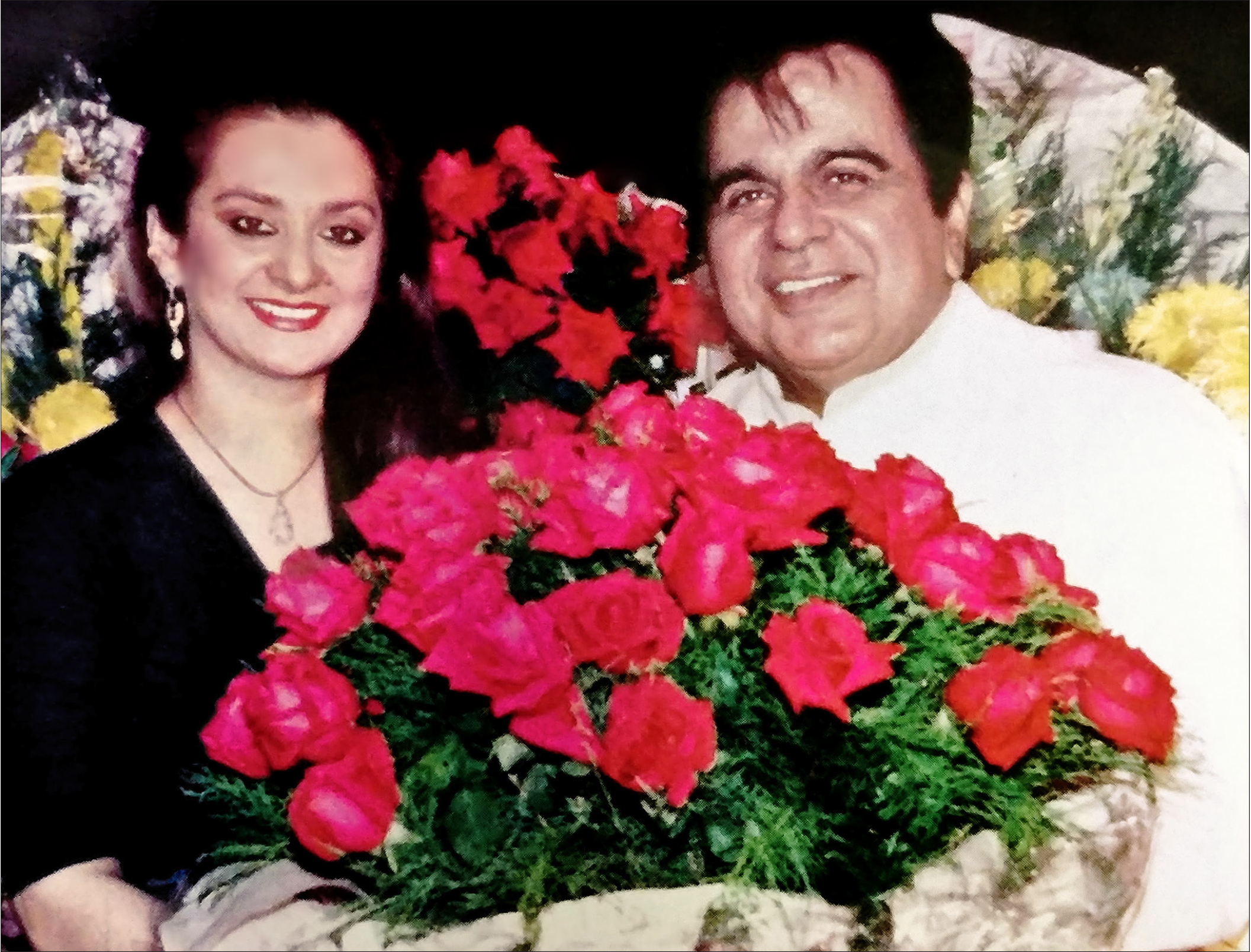
Amitabh Bachchan is another big fan, and recalls a time when on the sets of Shakti, Dilip chided crew members who were making noise in the area where Amitabh was rehearsing his scene. The awestruck star told Dilip that he had repeatedly viewed Gunga Jumna as a student in Allahabad to understand how a Pathan could so effortlessly play a rustic character and speak the Bhojpuri dialect with such ease. Narrating this in his autobiography, Dilip admitted it was indeed difficult “but the Pathan, whose story you are reading, did it by instinct, careful study, untiring rehearsals and a temperament to succeed even in those ventures that were new for him.” Incidentally, Dilip not only produced this movie, but the erudite actor, whose flair for several languages was well known — he was as comfortable in English, as Urdu, and also spoke Persian — also wrote the story and screenplay for this film.
Dilip and Raj Kapoor’s bonding and bonhomie are legend. Dharmendra simply adored his “elder brother” and recalled how once in the 1960s Dilip gave him a sweater to wear when it was nippy. He never returned it, and much later when he asked Dilip if he could keep it, the superstar said that he had got two from Paris, one Nasir, his brother had taken, and of course he could keep the second one. “I have 1,000 memories. I asked for so many things I liked, and he would always give, like a big brother.”
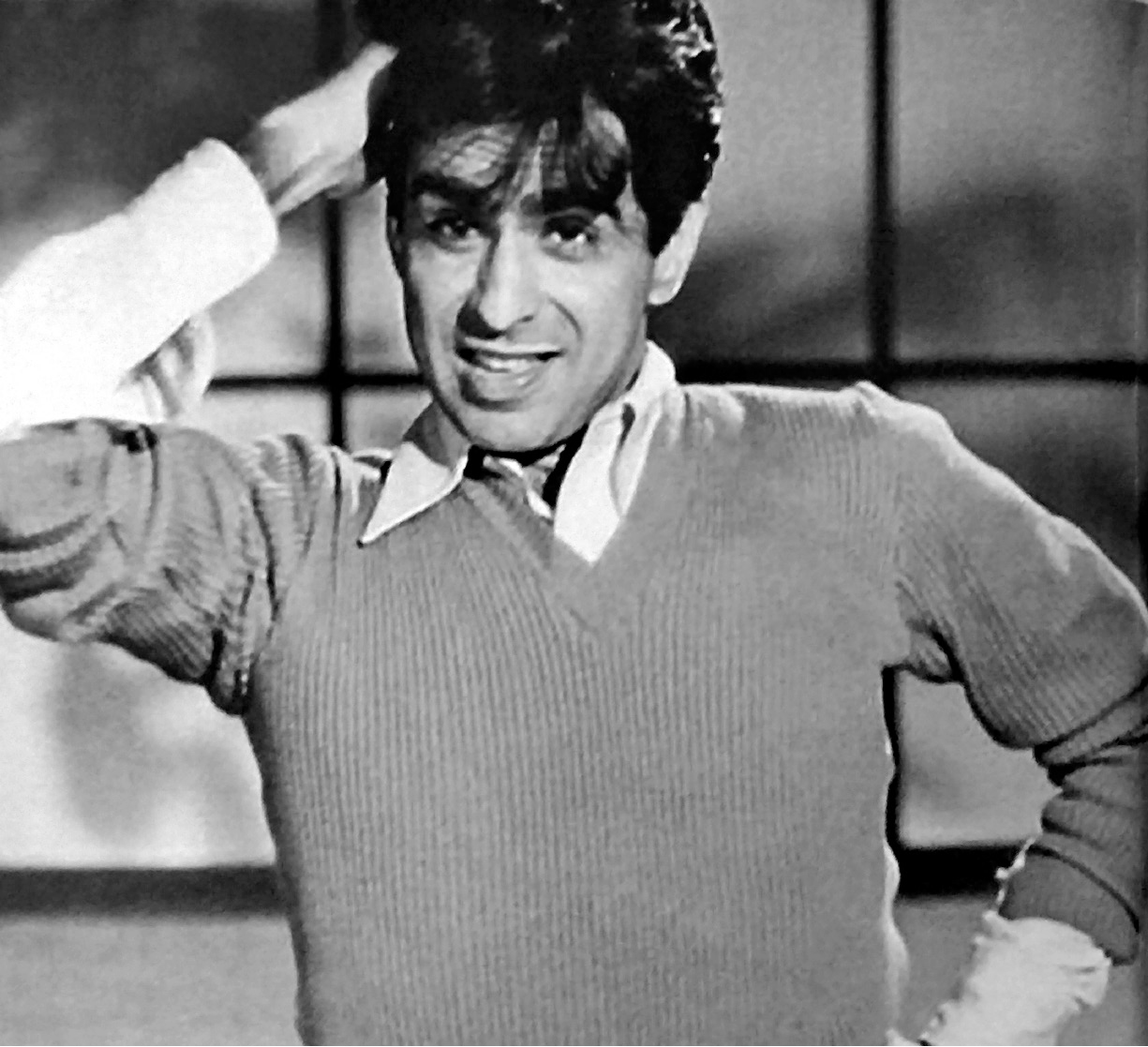
Dilip was always known for his shyness and reticence, particularly in the early years of his career, and during their college days Raj Kapoor would play many pranks on his shy friend by trying to introduce him to girls. The autobiography gives us the reason for Dilip’s shyness. When he was a little boy, a wandering fakir, singled him out from other children playing in his house, and told his Dadi: “Take good care of the boy, protect him from the world’s evil eye, he will be handsome even in old age if you do so. Disfigure him with black soot if you must because if you don’t, you may lose him prematurely. The noor (light) of Allah will light up his face always.”
The result was that his Dadi got his head tonsured and each morning as he set out to school in his hometown Peshawar, rubbed black soot on his forehead to make him look ugly. Needless to say, he was a spectacle at school and was sneered at by the other boys. Protests by his father or mother didn’t work and this saga continued. The result was that “I became a loner at school and played very little, confining myself to the colouring books available in the small school library.”
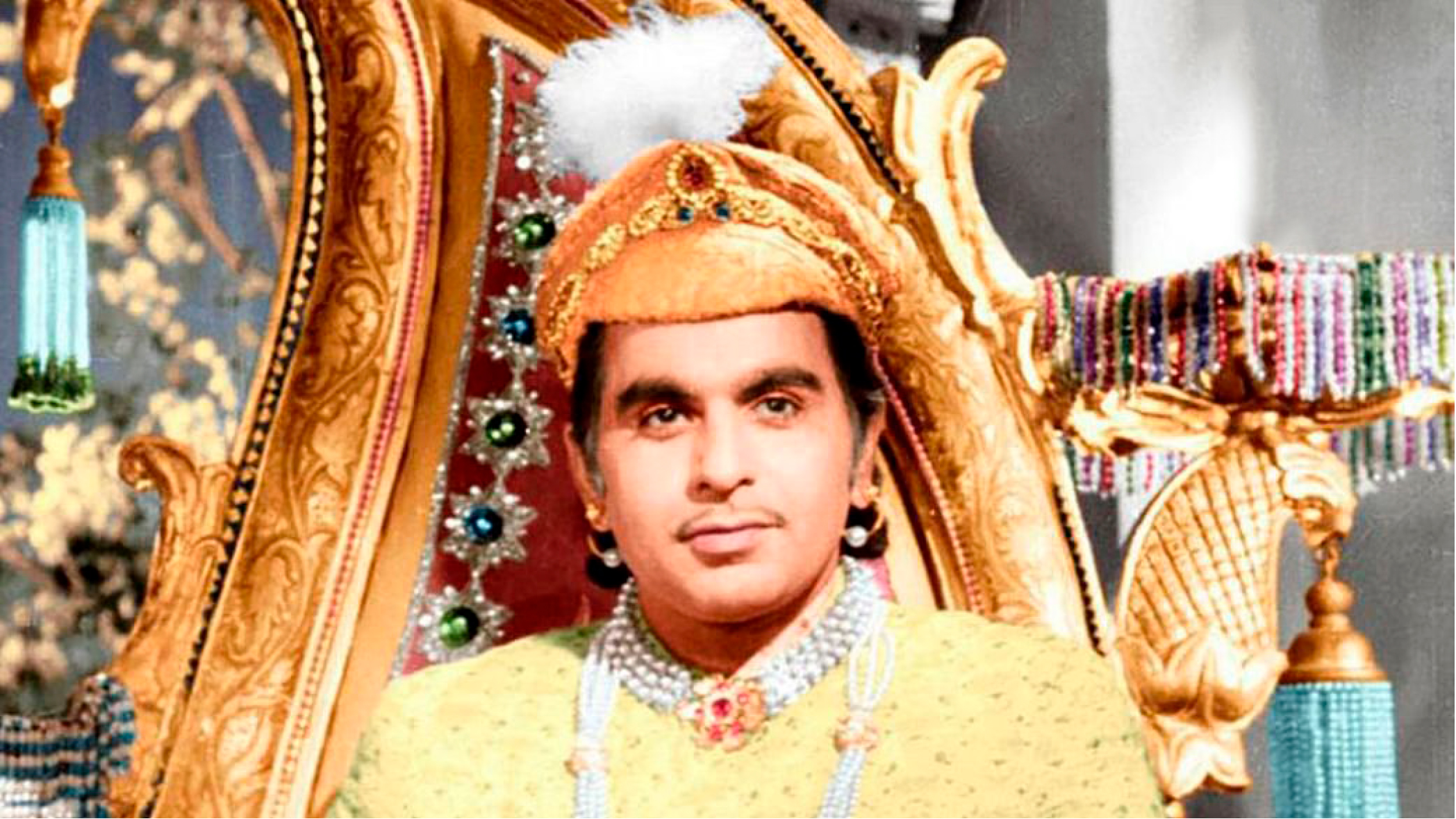
Shy and reserved, Dilip has said he always envied “Raj who was always at ease with the girls in Wilson College and his extrovert nature and natural charm earned him considerable popularity.” But he did excel in sports and was justifiably proud of “my acquaintance with English and Urdu language,” he says, adding, “While Raj Kapoor always knew he would get into acting, all I wanted was to become the country’s best football player.” Later on, Dilip writes, after he married Saira, their house was always stacked with enough food material in three freezers as entire cricket and other sports teams would land up in his house and all stops were pulled out to give them the best of the Pathan hospitality.
When Bimal Roy approached Dilip to play Devdas, he had trouble accepting the fact that he would portray the role of an alcohol-addicted man on screen.
Ascribing “divine purpose” in his becoming the butt of unpleasant remarks in school due to the black soot on his forehead, he writes: “It was the pain I endured as the alienated child in school that surfaced from my subconscious mind when I was playing the early tragic roles in my career and had to express the deep mental agony of those characters.”
His father had great dreams for him and wanted him to become a top-ranking government officer with an OBE attached to his name. They lived at Nagdevi Street in Bombay, and had a fruit business in Crawford market. But as World War II raged, his large family was in a crisis with income diminishing from the fruit business, with strict wartime curbs on trade.
In his teens, one day, after a “mild disagreement” with his father, the young lad left home and boarded a train to Pune, with just ₹40 in his pocket, travelling by third class for the first time. Thanks to his impressive persona — a tall handsome lad with pleasant manners, and a good command of both English and Urdu, on the very first day he got a job at the British Army Club in Pune, where he became the favourite of the manager as well as the British officers and the rank and file, who took to the affable, elegant youngster. He set up a sandwich stall here which was a big hit.
When he returned home after saving ₹5,000, a huge sum in those days, and gave it all to his mother, who he adored to the point of devotion, she made him swear on the Quran that the money was earned honourably!
The story of how he captured the fancy of Devika Rani, the owner of Bombay Talkies is well known. She offered him a princely monthly salary of ₹1,250, unheard for a newcomer, and shooed away his doubts about knowing nothing about acting by simply saying: ‘You will learn’. Here he met Ashok Kumar, who taught him the rudiments of acting, and a life-long bond and friendship was established with Ashok Bhaiyya.
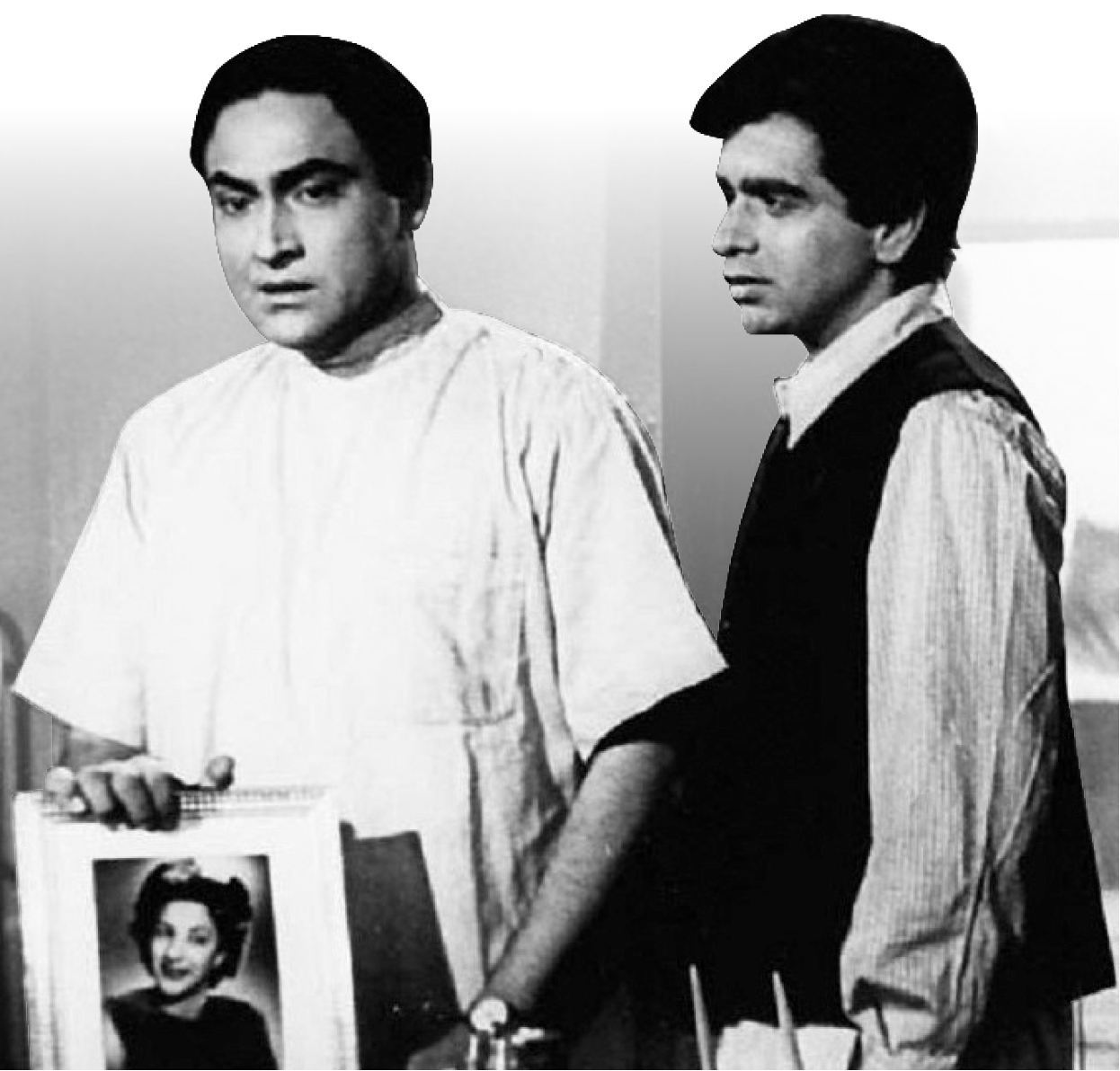
Once, travelling with Ashok Bhaiyya in a local train, he saw the popular actor unfazed by the “adulatory attention” he got from several people. “I watched him respond warmly and wittily… I was witnessing the phenomenon of stardom, which was quite baffling to me then.”
The next day at Bombay Talkies, when he narrated the incident to veteran director S Mukherjee, in the presence of Ashok Kumar, the latter said: “This is a preview of what you are going to experience on a much bigger scale in the future. A handsome man like you will have trouble keeping the women away. He saw my expression and laughed heartily because it was well known by then how shy and formal I was in the presence of women.” The kind of adulation Dilip got in later years included besotted fans lifting his car to its destination.
While Raj Kapoor always knew he would get into acting, all I wanted was to become the country’s best football player.
And no less a person than Queen Elizabeth got a glimpse of it at the Buckingham Palace in London. In his book Dilip revealed that his wife Saira, who had done her schooling in London, had always wanted to meet Queen Elizabeth. Little is known about the way he took care of Saira in a London hospital when she had an intestinal malfunction. The two spent some time in the city in the early 1970s after her recovery. Here, he got an invite for a tea party hosted by the Queen, who watched in “quiet amusement” the Asian invitees to the party “swarming lovingly around us”, and later told Dilip: ‘You are a very popular man indeed. Delighted to meet you.’
For a long time Dilip was mulling producing his own film Gunga Jumna (1961); he felt it was important to raise critical issues on how rural India had gained little from the Independence. Oppressed farmers and tillers of the land were leading a life of slavery and were exploited by landlords. Earlier, in the mid-1950s, he had politely turned down the role of one of the sons in Mehboob Khan’s blockbuster Mother India (1957). He felt it would be “an incongruous casting” as Nargis’s son “after all the romancing she and I had done in earlier films such as Mela (1948) and Babul (1950).”
Take good care of the boy, protect him from the world’s evil eye. Disfigure him with black soot if you must because if you don’t, you may lose him prematurely. The noor (light) of Allah will light up his face always.
– A wandering fakir about Dilip, when he was young.
The kind of deep thought, method and hard work Dilip put into his roles can be gauged from the way the death scene of Gunga was filmed, and described dramatically in his book.
He took cameraman V Babasaheb into confidence and told him to be absolutely ready as there would be “no rehearsal nor a second take for this shot”. Hence the syncronisation between the action and the running camera would have to be perfect.
The other unit members in the studio had no clue of what had been planned by the two. Before the shooting, Dilip jogged around the studio premises first and then ran fast; “when I felt breathless and thought I would just collapse, I entered the sets where Babasaheb was ready with the running camera to capture Gunga collapsing at the feet of the deity his mother used to worship, after proving her innocence and restoring her reputation in the village.” So many eulogies have poured in after Dilip’s passing away that the first response is anger and irritation at veteran Bollywood icon Nasiruddin Shah, known for his brilliance and courage to air brutally honest opinions, when he questions the legacy left behind by Dilip. He candidly asks that apart from a clutch of good films and helping social causes that Dilip loved so much, what is the legacy he has left behind for the Indian film industry.
We have to ask whether he helped push the envelope toward progress or whether he facilitated the downward spiral of popular Hindi cinema into the total star-centricity in which it wallows today.
– Nasiruddin Shah on Dilip Kumar’s legacy
He acknowledges Dilip’s immense contribution to Hindi cinema, but asks pertinently, “whether he helped push the envelope toward progress or whether he facilitated the downward spiral of popular Hindi cinema into the total star-centricity in which it wallows today.”
Analysing Dilip’s persona, the actor who so brilliantly played the title role in Gulzar’s immortal serial Mirza Ghalib, writes in a signed article: “His mesmeric stillness and impeccable poise established a paradigm for good acting in Indian films. His economy of movement and gesture seemed to be little understood by his peers and even by those who came after, though many superficially mimicked his style.”
Touche! For almost two weeks after my favouritemost actor’s passing on, I binge-watched Dilip Kumar’s movies on whatever medium they were available. It is amazing to find that all the superstars who came after Dilip, have borrowed so much from him. Whether it is “superficial mimicking” or not, you can see a Dilip expression, gesture, smile, frown, etc in almost every Bollywood star, without exception.
Al Pacino is another favourite actor of mine. I recently happened to watch The Devil’s Advocate and was amazed, once again, to find such a striking resemblance between an older Dilip and Pacino, not only in physical appearance but also in their acting, expressions, gestures.
The last word has to go to songs filmed on Dilip. My favourites are Suhana safar aur yeh mausam hasin and Dil tadap tadap ke keh raha hei (Madhumati); Udey jab jab zulfe teri (Naya Daur), Tu kahey agar jeevan bhar mei geet sunata jaoon (Andaz), Kitna haseen hei mausam, (Azad), Do sitaro ka zameen par hei milan and Madhuban me Radhika naache re (Kohinoor), Yeh mera deewanapan hei (Yahudi) Maan mera ehsan arey nadan (Aan), and Milte hi aankhen dil hua deewana kisi ka (Babul).

